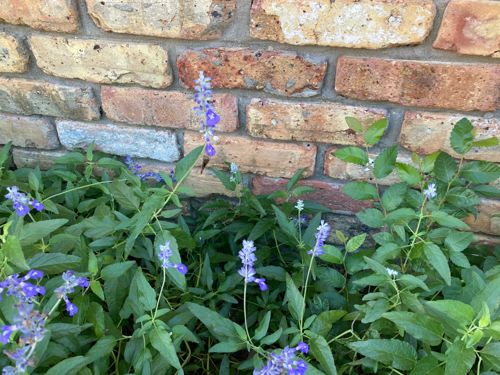Hummingbird Moth
Scientific Name: Hemaris spp.
Order & Family: Lepidoptera, Sphingidae
Size: Wingspan typically 1.5 to 2.5 inches (3.8 - 6.3 cm).

Natural Habitat
Gardens, meadows, open woodlands, and any areas with nectar-producing flowers. They are active during the day.
Diet & Feeding
Adult Hummingbird Moths feed on nectar from various flowers, using their long proboscis. Larvae (hornworms) feed on the leaves of host plants, which vary by species (e.g., honeysuckle, viburnum, hawthorn).
Behavior Patterns
These moths are strong, swift fliers, often mistaken for hummingbirds due to their hovering flight and feeding habits. They are diurnal, meaning they are active during the day. They lay eggs on host plants, and the larvae eventually pupate in the soil or leaf litter.
Risks & Benefits
Hummingbird moths are significant pollinators, contributing to the reproduction of many flowering plants. They pose no direct risk to humans. Their larvae, while sometimes feeding on garden plants, are generally not considered major pests in small numbers.
Identified on: 10/4/2025